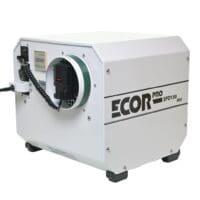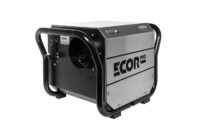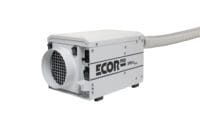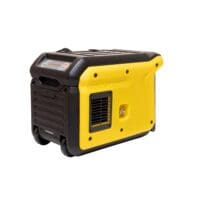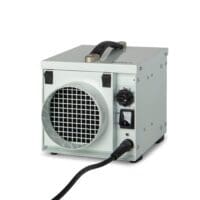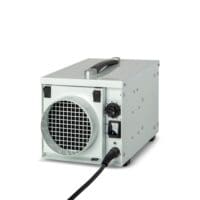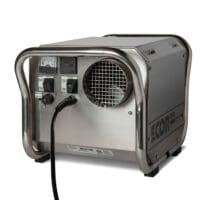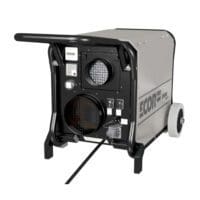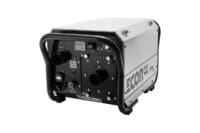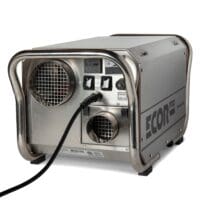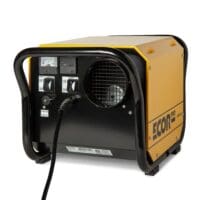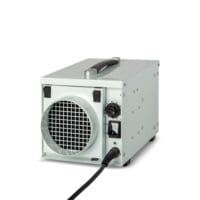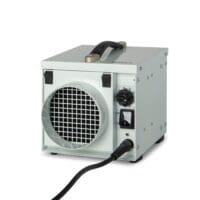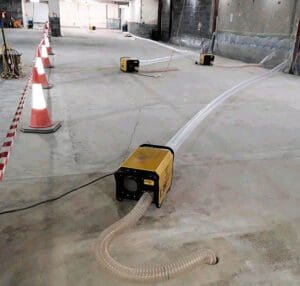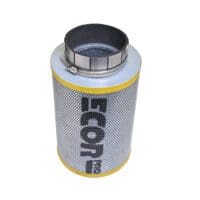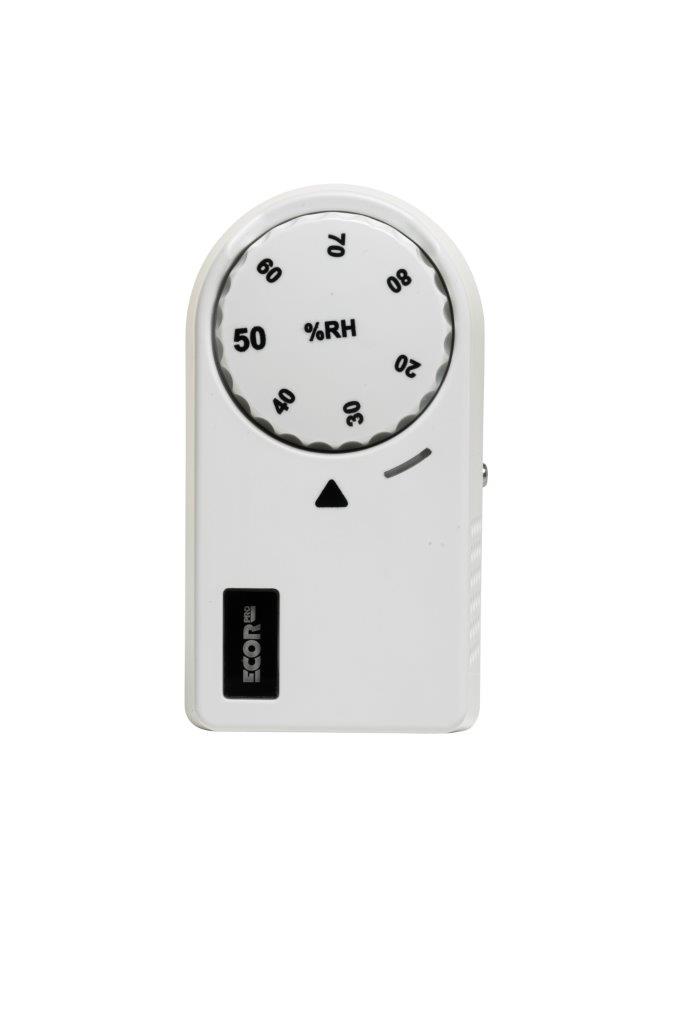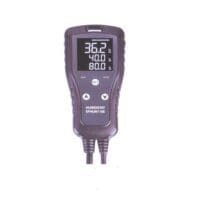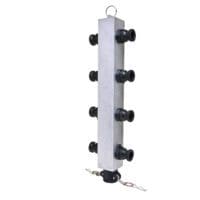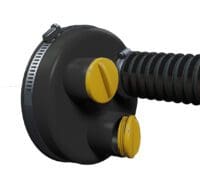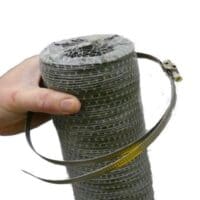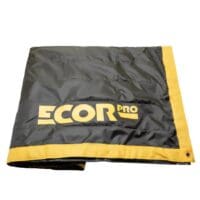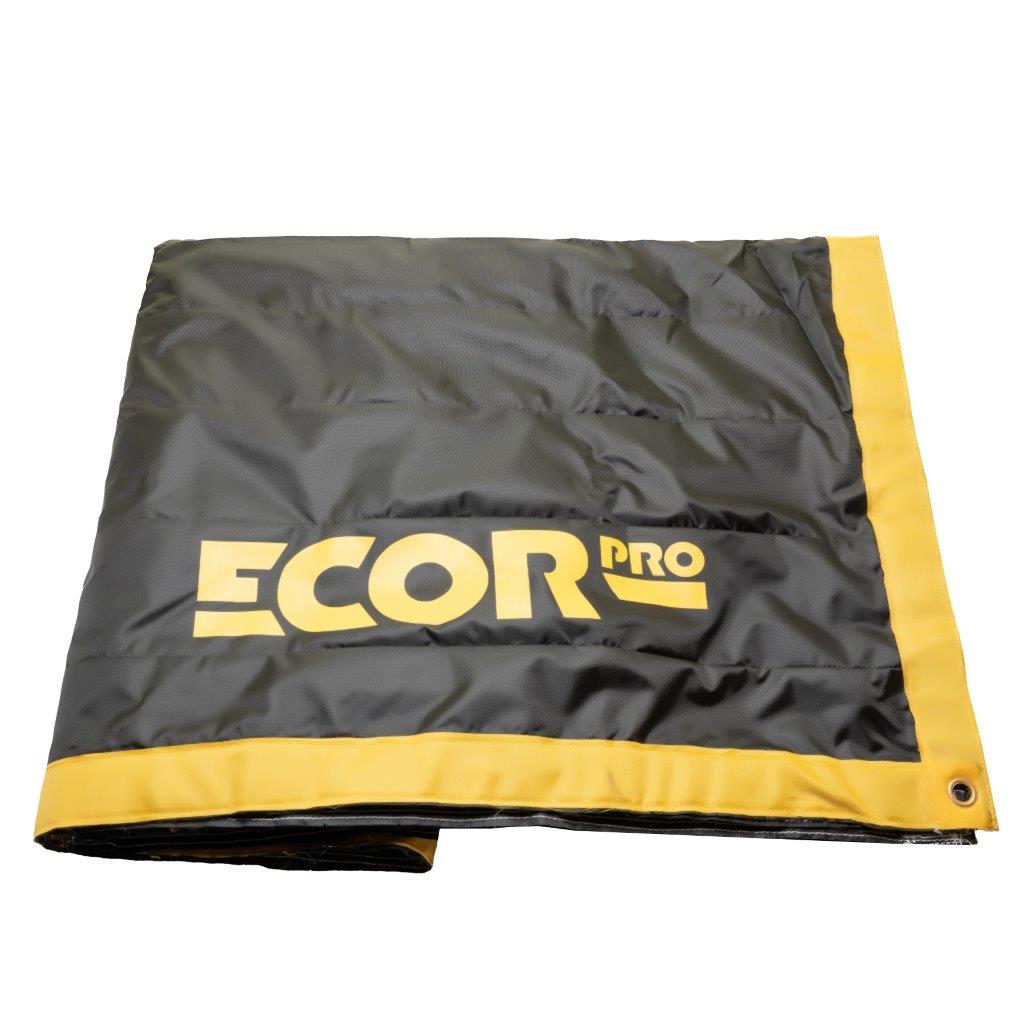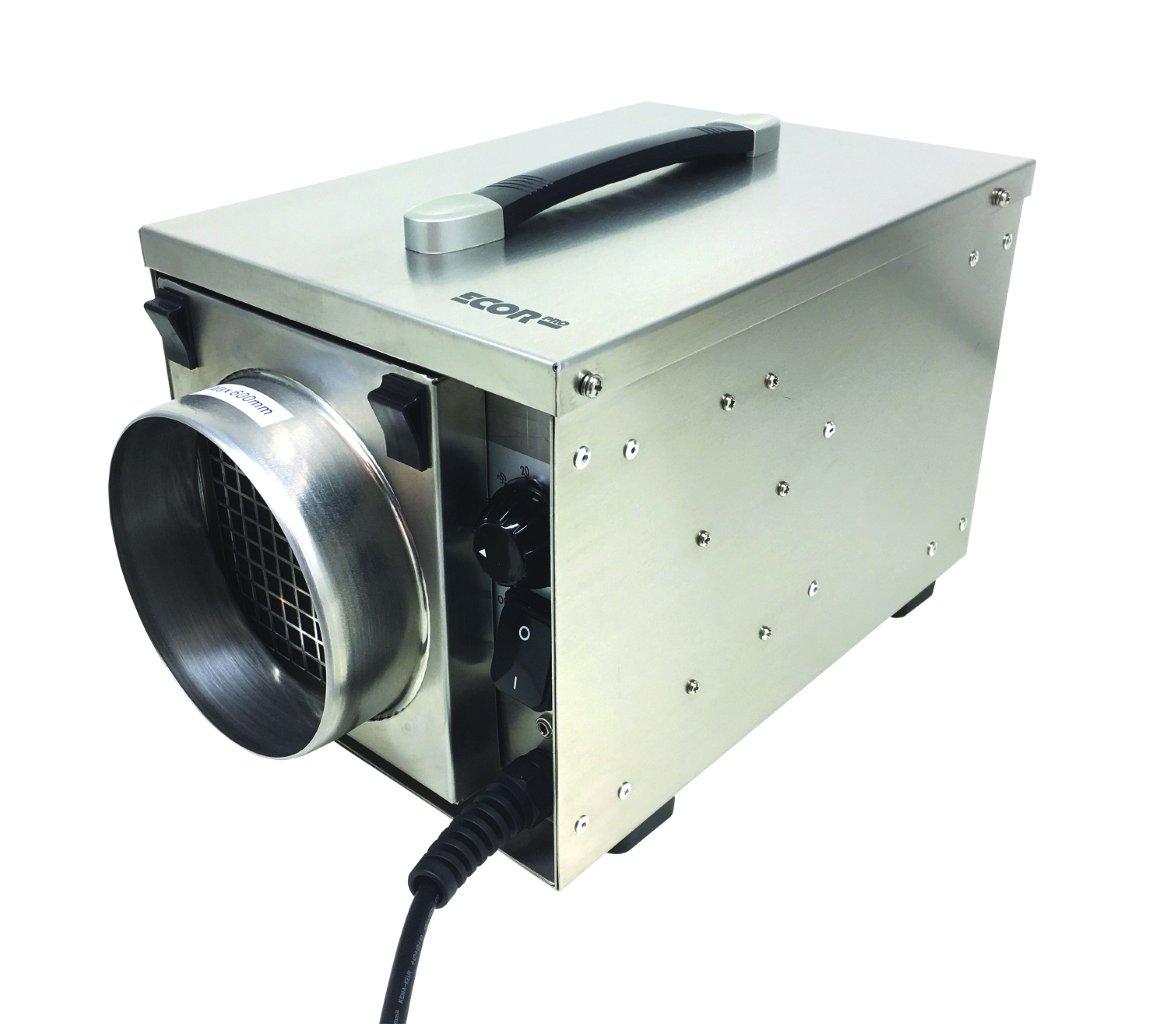For Legal Growing of Cannabis or Herbs
PROTECTION in either dedicated glass house or bespoke grow area
Without humidity control the very fabric and structural integrity of the growing room is in danger. Walls, plaster and wooden timers can rot and decay quickly as well.
maximising yield by protecting from pests , mildew and fungus
Protect the crop from mildew and fungus. Maximise yield & profitability. The majority of the water put into the crop will need to be controlled as humidity in the air.
DryFan allows low level humidity level for final processing
Create a drying cabinet with Ecor Pro unique DryFan technology. Ensure fast drying of any organic substance whether cannabis, coffee or herbs. See more here
Models with Desiccant Technology
Dry crops to the desired level much faster and naturally than heat drying. Preserve flavour with dehumidification drying in a simple to construct cabinet to your specification
Read MoreNo Need To Empty Water. Helps vent heat
Save graowing space for more crop
Eliminate Smells to the outside
Want to recycle the water? See more on using refrigerant dehumidifier water over desiccant drying where no water is produced. It is no so straight forward.
READ MOREBoat Dehumidifiers EU & USA Models
DH1200 INOX DryFan 12L Stainless Steel Desiccant Dehumidifier
Boat Dehumidifiers EU & USA Models
DH2500 INOX DryFan 35L Stainless Steel Desiccant Dehumidifier
USA / CA
Boat Dehumidifiers EU & USA Models
EPD50-PRO DryFan 50 Pt Stainless Steel Desiccant Dehumidifier
USA / CA
Boat Dehumidifiers EU & USA Models
EPD200-PRO DryFan 200 Pt Stainless Steel Desiccant Dehumidifier
Cannabis Growing Made Easier with Ecor Pro
Creating a successful grow starts with one key factor: environmental control. At Ecor Pro, we make it simple for growers to manage temperature and humidity with commercial-grade dehumidifiers trusted by cultivators worldwide.
The Biggest Threats to Your Crop
Two of the most common—and costly—issues growers face are powdery mildew and botrytis (bud rot). Both can devastate a harvest, resulting in thousands of dollars in lost revenue. Controlling humidity is your first line of defense.
Why Dehumidifiers Are Essential
In any grow room, the dehumidifier is the backbone of a stable environment. Plants release nearly all the water they absorb back into the air. Without proper removal, humidity skyrockets.
Example:
If you water your plants with 25 liters daily and 5 liters drain away, 20 liters will evaporate into the air. That moisture must be removed to maintain ideal conditions. Large-scale operations may need to remove five times that amount.
The Air Conditioner Myth
Many growers assume an air conditioner is enough for humidity control. It’s not. While AC units remove some moisture, they’re designed to cool, not dehumidify.
-
They often shut off at night when lights—and heat—are off, leaving humidity unchecked.
-
This creates ideal conditions for mold and mildew.
Solution: Always size your dehumidifier for worst-case scenarios. Over-sizing is safer than under-sizing.
Placement Matters
Whether you have one unit or ten, proper placement ensures maximum effectiveness. Poor placement creates “microclimates” where humidity spikes, increasing mold risk.
Best practices:
-
Face the filter toward the center of the room.
-
Regularly check drainage.
-
In large rooms, zone control is key—automated units that sense humidity independently improve efficiency and consistency.
The Role of Airflow
Humidity control isn’t just about dehumidifiers—it’s about air movement.
-
Long rooms: Space units evenly for circular airflow.
-
Narrow rooms: Use one unit to push air across the canopy.
-
Tall rooms: Duct return air down to the floor for uniform mixing.
Ecor Pro dehumidifiers can be ducted from supply and return ports, giving you full control over airflow patterns.
Why Choose Ecor Pro?
Hundreds of cannabis cultivators worldwide rely on Ecor Pro’s commercial-grade solutions. The right-sized units, smart placement, and proper airflow keep your grow room consistent, efficient, and protected from mildew and mold.
Don’t leave your grow to chance—control your environment with Ecor Pro.





